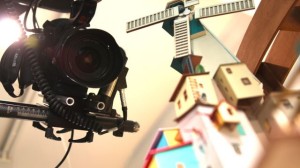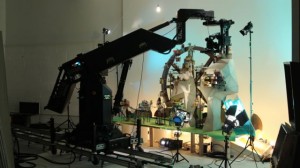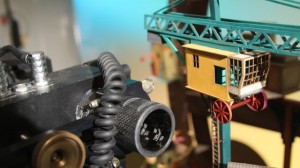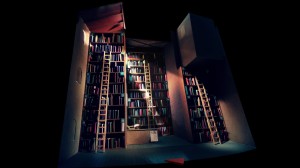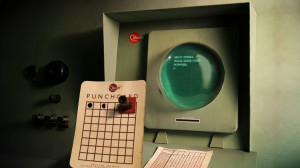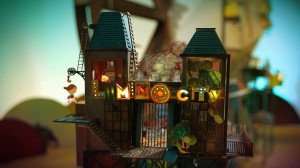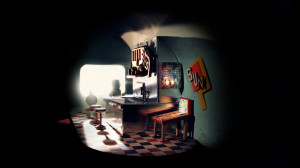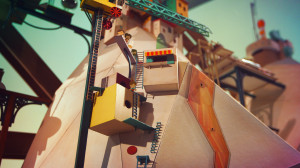State of Play
description for work page only
Update: Lumino City wins Games BAFTA in the Artistic Achievement category!
Zest were responsible for the cinematography on ‘Lumino City’, a point and click adventure game produced by State Of Play Games. This including lighting, rigging and filming all the live action elements. The game allows the user to explore a vast cardboard city which meant filming countless setups and camera moves to follow all possible journeys. The main filming was done with a motion control rig, which allowed crucial camera positions to be memorised and moves to be repeated. The focal length was therefore fixed and a single lighting scheme had to work for all angles. The intricacy of the model combined with the proximity of the camera to the model made lighting incredibly critical.The model interiors were filmed with a static camera and were taken as stills in most cases. Each scene required a unique look and feel whilst being sympathetic to the overall established theme and style. It was exciting exploring the different textures and materials in each model, some required hard shafts of dramatic lighting whilst others lent themselves to soft lighting. However, due to the sizes of the models, any soft lighting still had to be controlled and ‘moulded’ so as to avoid a boring, flat result. In every case, there were demands on certain key areas that had to be highlighted, or perhaps deliberately cast in shadow to add mystery!
:

